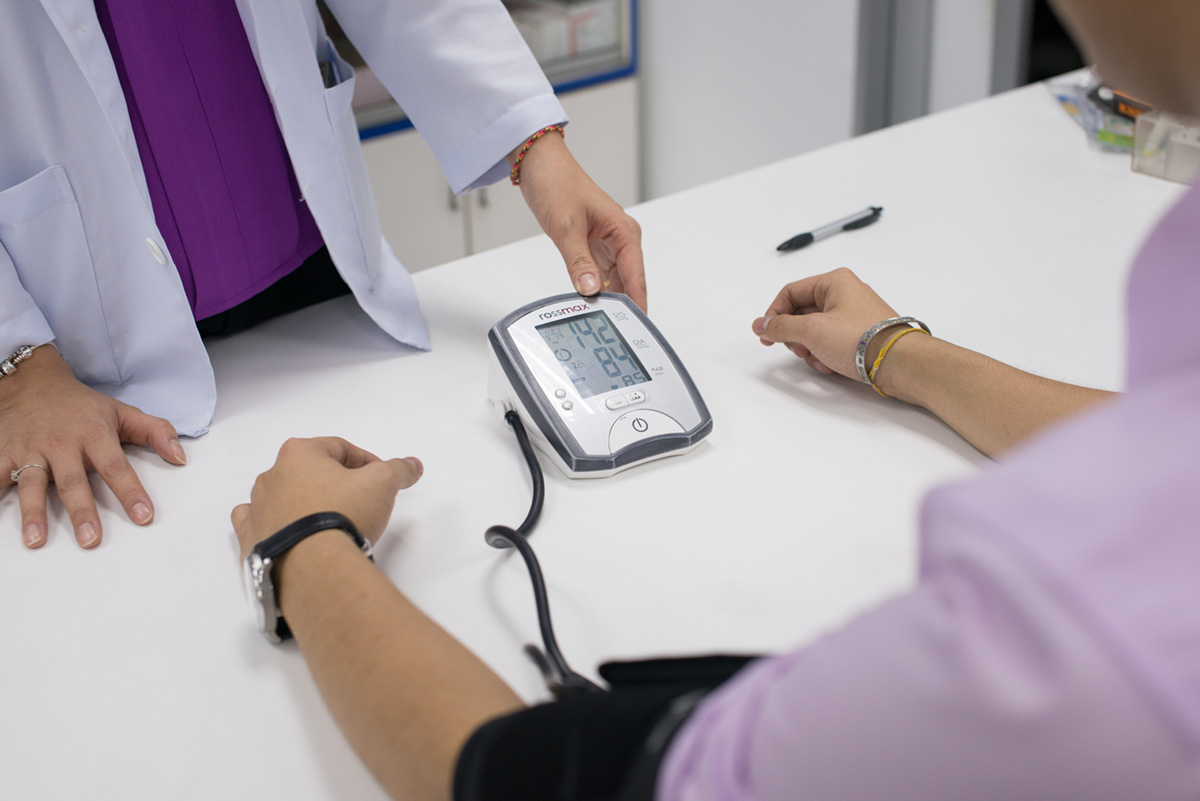
This text will focus on the glyburide doses, but they can be determined after diagnosing the type II diabetes. We will provide more information about this issue in the following text. Glyburide is one of the most effective medications used for treating type II diabetes. There are several problems caused by this disease and some of them are blurred vision, strange weight loss and elevated blood sugar levels, fatigue. The regulation of the level of the blood sugar is done by the insulin, which is a hormone produced by pancreas. The disease called diabetes causes the insulin to be used by the body in inefficient way and this leads to the elevation of the blood sugar level. The manufacture of insulin is not hampered but the use of it by the body is. This is called insulin resistance and the production of the insulin has to be increased if this problem needs to be cured. This is when glyburide comes into the play and causes more insulin release, which further causes the increase of blood sugar levels.
Glyburide
Taking this medication is best during lunch or breakfast, but never on an empty stomach since some problems may be created this way. There are two forms of tablets of glyburide and they are nonmicronized and micronized, which are associated with small sized glyburide particle (unlike the nonmicronized, which use larger ones). Taking the right amount will reduce the symptoms of the problem, but be careful when taking this medication. There are many factors that influence the dosage needed by a patient. Higher doses are associated with very high blood sugar level, for instance. People will have to take smaller doses of glyburide if they are having kidney or liver problems. The dose between 2.5mg and 5mg is the general and common dosage given by the doctors. The severity of the problem will determine the dosages used, which can change during therapy. The dose will be increased if the lifestyle you are leading makes the problem worse. We do not have to say that in these situations, the patient has to make some alteration regarding the lifestyle. The increase of the dosage may rise to the 20mg during one day. The dosage between 2.5 and 5mg during the day is common dose of micronized glyburide, due to its strength and larger portions of glyburide. In more severe cases, the dosage of this medication may rise to 12mg during the day. Pregnant women need to avoid this medication since it can have a harmful and life-threatening effect on the baby. This has been detected on the experiments done on rats. Remember that only doctors can prescribe and change dosages, so try to follow his or their advice and the best possible result will occur.


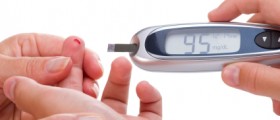
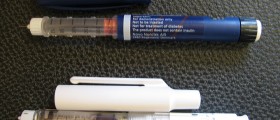
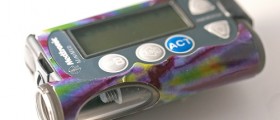
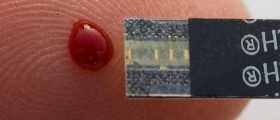

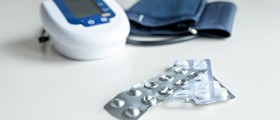
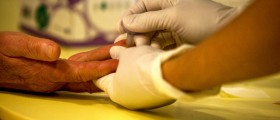

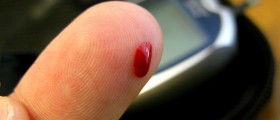


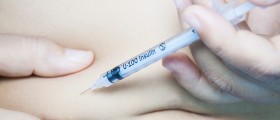


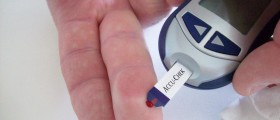
Your thoughts on this
Loading...